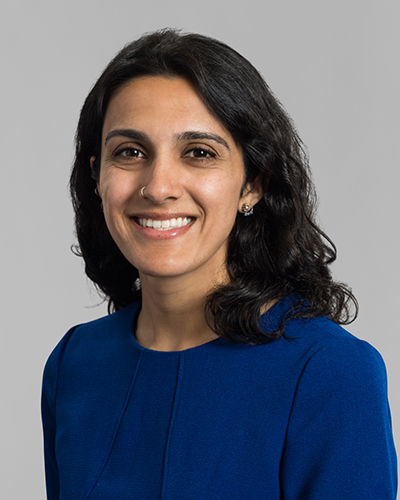By Bhavna Sivasubramanian
In honor of Women’s History Month, the Research and Strategic Projects Division at Montgomery Planning developed a profile presenting key demographic, economic, and employment characteristics of the female population in Montgomery County. Gender disparity is a national and global topic of study, and this research aims to highlight such differences in the county. Considering the unique characteristics and challenges faced by females in the county helps planners, local government decision-makers, and the public develop equitable, diverse, and inclusive communities for all. All data for this research come from the U.S. Census Bureau’s 2022 American Community Survey (ACS) 1-year estimates. Data are from respondents who answered “Female” to ACS’s question “What is your sex?”
In 2022, women comprised more than half, or 539,321, of Montgomery County’s 1.06 million residents. For every 100 females in the county, there were 95.2 males. In comparison, the national sex ratio was 98.3 males for every 100 females.
The county’s female population tended to be older than the male population. While the median age of women was 41.9 years, the median age for men was 38.8 years.
The racial distribution of the female population closely reflected that of the county overall. Compared with the male population, the share of Black women (19.3%) was slightly greater than Black men (17.7%). A smaller share of females identified as Hispanic or Latino (19.6%) relative to males (21.6%).
Females 15 years and over were less likely than males to be currently married or never married, yet more likely to be widowed, divorced, or separated. Among women 65 years and over, 46.6% were married and 25% were widowed while only 7.3% of elderly men were widowed and 74.7% remained married. This difference can be explained by women’s overall higher life expectancy.
At 48 births per 1,000 women, the birth rate in the county was slightly lower than the national rate of 52 per 1,000 women, and approximately 73% of county residents who gave birth were 30–39 years old, compared with only 49% nationally.
Women and men had nearly equal levels of educational attainment, with 60.7% of women having at least a bachelor’s degree, compared with 61.1% of men.
Despite similarities in education levels between males and females, there was a notable disparity in earnings. Women in Montgomery County earned considerably less than their male counterparts ($0.81 cents per $1), likely driven in part by an overrepresentation in fields that typically pay less. These occupations included healthcare support, personal care and service, and office and administration. Even within the same occupation, men tended to out-earn women, revealing a pervasive gender-wage gap.
Both genders participated in the labor force in Montgomery County at higher levels than the national average, with nearly 90% of men participating and just over 80% of women. However, participation in the county’s labor force was lower for women with children, particularly for those with at least one child under 6 years old.
More than three-quarters of the working female population were employed within the county. Women had shorter travel times to work than men because they more often had jobs closer to where they lived and due to the prevalence of work-from-home opportunities.
Sixteen percent of family households in Montgomery County were headed by women with no spouse, and more than half of these households had children under 18. The other half included women living with other family members such as an adult child, a parent, or a sibling. Overall, these households were more likely to have incomes below the poverty line (16.3% versus 5.8% in the county overall).
To read the full profile with additional analysis of the demographic, economic, and employment characteristics of women in Montgomery County, visit Women in Montgomery County Profile (montgomeryplanning.org).

About the author
Bhavna Sivasubramanian is a planning research associate in Montgomery Planning’s Research and Strategic Projects Division. In her role, she conducts demographic, housing, and spatial analyses to inform ongoing master-planning efforts. Prior to joining Montgomery Planning, she enjoyed a career in international development, working on issues of food security and informal livelihoods in sub-Saharan Africa and India. Bhavna holds a master’s degree in regional planning from Cornell University and a bachelor's degree in international relations and economics from Tufts University.